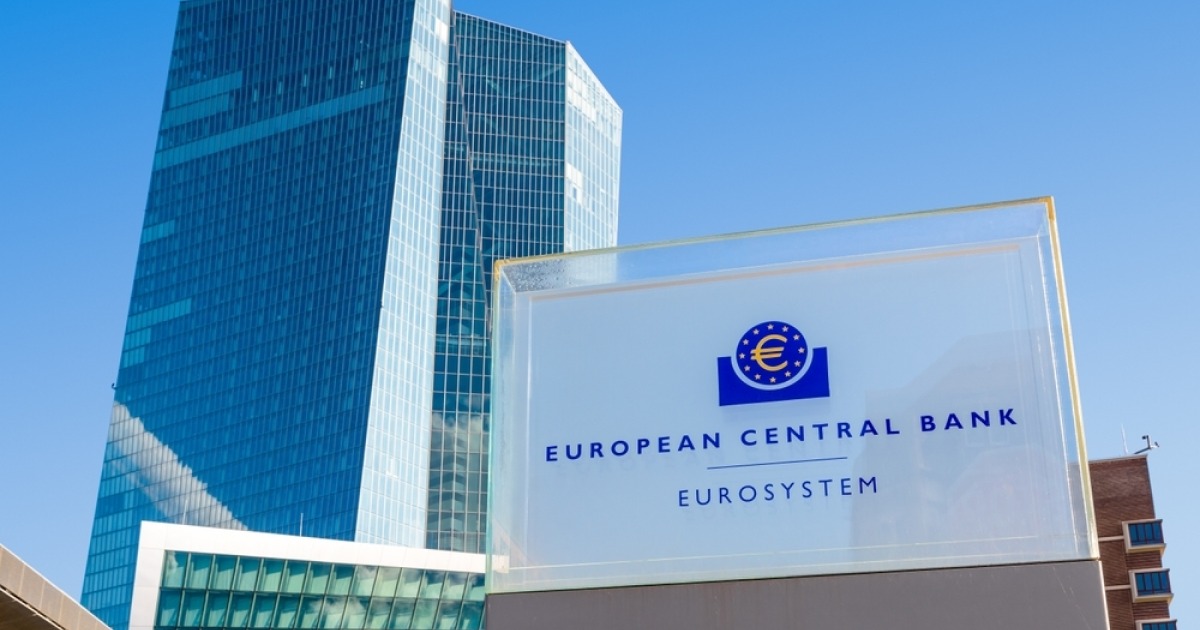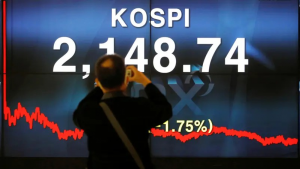Financial markets are closely watching the European Central Bank's decision, with strong expectations of a 25 basis point rate cut to 2.65%, marking the fifth consecutive cut. Investors are placing great importance on the interest rate statement and the upcoming press conference with the bank's governor, Christine Lagarde, to anticipate the direction of European monetary policy in the coming phase.
Economic Data and Its Impact on Interest Rate Decisions In recent times, many economic data have been released that support the European Central Bank's continuation of rate cuts. Preliminary data from the European Statistics Office indicated that the annual inflation rate in the euro area reached 2.4% in February, exceeding expectations of a decline to 2.3%. Meanwhile, core inflation was recorded at 2.6%, outpacing the expected 2.5%.
Regarding economic confidence, the ZEW index in Germany recorded 26.0 points in February 2025, surpassing the expectations of 19.9 points. Conversely, the economic confidence index in the euro area recorded 24.2 points, slightly lower than expectations of 24.3 points.
In the manufacturing sector, S&P Global's statistics revealed that the manufacturing PMI contracted to 47.3 points in February, but it was above the expected 46.6 points. In the services sector, growth was recorded at 50.7 points, yet it did not meet expectations of 51.5 points.
As for the euro area's GDP, preliminary data from Eurostat showed a slowdown in growth during the fourth quarter of 2024, with the European economy growing by 0.1% on a quarterly basis, surpassing expectations of no notable growth (0.0%).
European Central Bank Officials' Statements Reinforce Rate Cut Expectations Hints from European Central Bank officials supporting further rate cuts have increased, given the decline in inflationary pressures. Joachim Nagel, a member of the ECB, emphasized that monetary policy should follow a balanced approach, warning against rushing into rate cut decisions. He stressed the need to take "one step at a time" to ensure economic stability.
Meanwhile, Pierre Wunsch, an ECB member, warned against the risks of excessively cutting rates without thoroughly reviewing economic data, stressing the importance of caution to avoid unaccounted repercussions on inflation and economic growth.
In this context, Isabel Schnabel, a member of the ECB's executive board, stated that monetary policy is no longer sufficiently constrained, noting that the bank may be close to a temporary halt or to ending its rate-cutting cycle soon. Additionally, Robert Holzmann, another ECB board member, warned about the increasing indications of difficulties in achieving inflation targets, asserting that current figures remain unbalanced, making future monetary policy decisions more complex.
Market Expectations: Rate Cuts Continue Despite Challenges A Reuters survey involving 82 economists revealed that the European Central Bank will continue to cut deposit rates, expecting two additional cuts by mid-year. The majority of participants agreed that the escalation of the trade war led by U.S. President Donald Trump could place additional pressures on the euro area's economy, complicating the ECB's monetary policy decisions.
In this vein, analysts at Bank of America Global Research anticipated that internal disagreements among decision-makers within the ECB will escalate following the upcoming meeting. They suggested that this cut might be the "last easy one" due to growing divisions within the bank. Nonetheless, they confirmed that the ECB would continue to lower interest rates until they reach 1.5% by September, a previous prediction for the pace of rate cuts compared to market estimates.
Possible Scenarios for the Interest Rate Decision Scenario One: The European Central Bank will cut interest rates by 25 basis points, indicating that further cuts will continue in upcoming meetings to support European economic growth, especially as inflationary pressures remain calm. In this case, easing monetary policy could apply additional pressures on the euro, potentially leading to its decline against other currencies.
Scenario Two: The ECB decides to cut rates but adopts a more cautious tone regarding the future of monetary policy, indicating the possibility of temporarily holding rates steady to monitor economic developments. This approach could help support the euro against other currencies, particularly the euro/dollar pair.
As markets await these decisions, the press conference with Christine Lagarde will be a crucial element in clarifying the European Central Bank's directions, and whether it will continue on the path of monetary easing or begin to assess a new phase of monetary stability.











